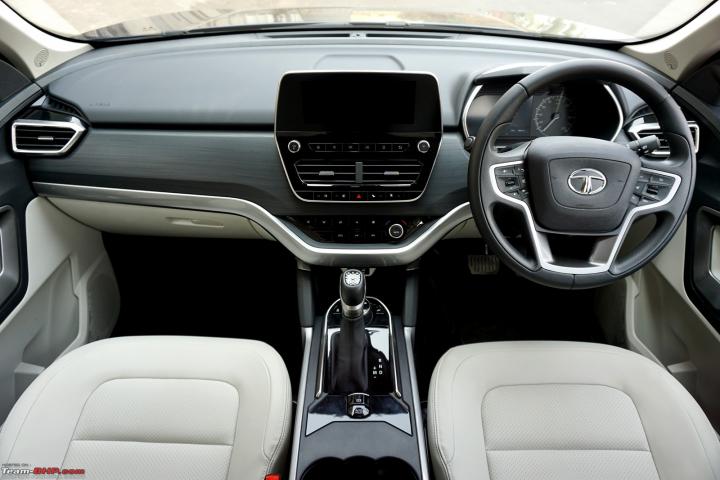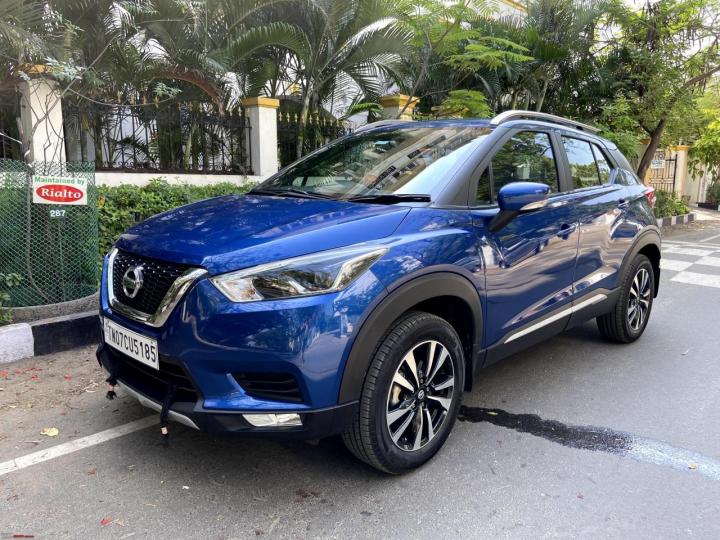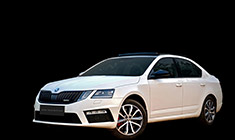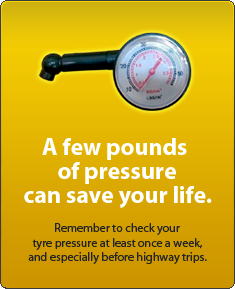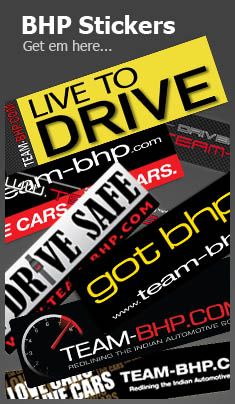News
Steering comparison: Tata Safari, Nissan Kicks (HPS) vs others (EPS)
The HPS is typically more about giving a truer picture of what the actual friction levels are. It can also give a much better sense of what the road surface is like.
BHPian Poitive recently shared this with other enthusiasts.
Steering: HPS vs EPS
(HPS currently on a Tata Harrier+Safari, Nissan Kicks and EPS on most others)
I write this because I repeatedly see the Hydraulic Power Steering being misunderstood (especially for the Tata Twins), and judged mainly based on how heavy it felt, and others being light.
In a nutshell: Choose the steering based on what you expect of it and or your driving. As a general guide: if convenience is paramount, an EPS is likely to suit. If you are interested in getting more out of the car and know what its contact with the surface (the types) is going through, then an HPS is likely to be a lot better. Much of course would depend on the steering design of the specific car in question.
When the car is moved away from a straight line (turned) at low speeds, the tyres face a lot more resistance than they would when it is at a higher speed. When at a very high speed, the part of the tyre which is in touch with the road is changing very rapidly and it faces minimal resistance while being turned.
Now with the above in mind, to design steerings, there are two approaches:
- To compensate for the driver's errors of the steering inputs by making the steering weight change, even if it does not reflect what the tyres are experiencing, or
- To give a more realistic feel of what the tyres are going through to the driver, and let the driver take his (or her) call on how to drive.
Though there can be exceptions, in consumer cars the EPS is largely focused on the first. To make driving easier at low speeds, taking away from the actual resistance the tyres are feeling and becoming heavier at higher speeds - to compensate for driver errors. (There is much more to EPS, but it would become a long topic, so avoid it). In a sense, EPS is more synthetic. The synthetic can be controlled a lot to give the heaviness desired at different speeds, but in the consumer, cars are typically made for convenience and to compensate for the inexperience of drivers.
The HPS is typically more about giving a truer picture of what the actual friction levels are (with some adjustments - else, it would be non-power steering). It can also give a much better sense of what the road surface is like (this is also connected to suspension design, but another topic). Someone who wants to extract more from one's driving experience can do well with an HPS. It might be more tiring for some, but can be an enthusiast's delight; a delight by connecting the driver to his (or her) machine - to make them work closer to unison while moving on the road.
With time, the EPS synthetic simulation is becoming better, yet it will not connect you to the actual road feel like an HPS (or better still, a non-powered) steering can. The difference can be felt on bad roads (the Harrier is very good in this communication) and also on tight turns (an example in this post about the Nissan Kicks drive)
Besides the steering itself, what one would also feel is how the suspension behaves under what situations. That, and weight distribution in a car also plays a big role in how a car steers.
Some more details about testing steerings are in this post in the Guide for Test Driving New Cars.
BHPian souvikjana83 shared this:
I have a question regarding Safari? Is Hydraulic Steering feel tiresome in heavy traffic driving? I test-drove XUV700 and its electric steering felt very good to drive even in heavy traffic.
Mate, if ease is what you're looking at, EPS in most of the current cars might suit better. If connecting with the car is a priority - from a steering perspective most EPS in the SUVs in this price segment are lousy. Also bear in mind that we tend to adapt a bit over time. What feels too light now, might not feel so later; and what feels too hard now, might feel less so over time.
[Edit: If you drive a lot on the hills, the HPS could be a boon, providing a better feel of the tyres, and how hard is acceptable to turn on bends - touched in the Kicks review linked above. That said, if you are an easy-going driver, and do not push the car anywhere near its capacity, you might appreciate the convenience of an EPS considering the number of bends. In tight or near-accident situations, the feedback of the HPS might be a saver.]
BHPian Prowler stated this:
Hydraulic steering gives you the right mixture of stability and ease of use. Electric steering on the other hand may seem comparatively effortless but it can be unnerving at highway speeds as a mere flick of your finger can change the course of direction.
Mate, it really would depend on the specific car and how the steering is designed. HPS would typically become lighter with speed too. An EPS has more synthetic control over whether or not to make it heavy. Overall, I personally connect with HPS a lot better.
BHPian Kosfactor stated this:
WagonR single-handedly gave EPS a bad name but Swift fixed that in the early 2000s...
Mate, the stability difference between the two goes well beyond the steering. It has a lot to do with weight distribution and track width. The weight of the Swift is distributed closer to the centre than the WagonR; the Swift has a much lower Centre of Gravity (loosely indicated by their heights) - a comparison of their height-to-width ratios would be telling. To top that, the Swift is a lot wider than the WagonR. All make it more stable. The steering ratio too would have some role, and the suspension design a big one - can't recollect their suspension feel (been too long), but the Swift is made as a sportier car than the family-oriented WagonR.
Check out BHPian comments for more insights and information.



